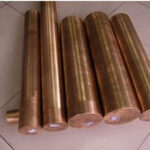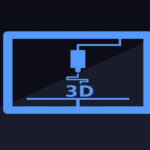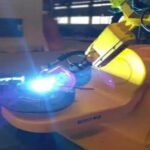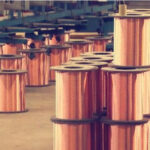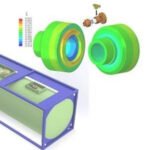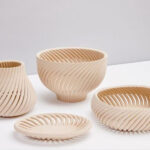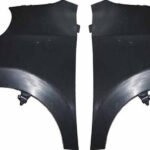For metal production parts manufactured by additive manufacturing (AM), post-processing is usually required, especially on functional surfaces. Abrasive machining including grinding and polishing has the ability to finish machining conventional parts and additive parts (ie, 3D printed parts).
Compared with mechanical processing (such as milling and other alternative finishing processes), grinding has the advantage of producing tight tolerances, finishing and required compressive residual stresses in the ground surface. For difficult-to-machine materials usually used in 3D printing, its advantages will become more important, because the self-sharpening characteristics of abrasive grains make the service life of abrasive tools longer than other cutting tools. It is possible to prepare grinding wheels with complex shapes to finish machining 3D printed Inconel 718 and 6-4 titanium parts. The use of pre-formed grinding wheels for the grinding process is an effective way to complete a relatively large number of parts. In addition to precision grinding, grinding tools can also be used for free-form finishing in manual or automatic mode.
For small batch production, metal 3D printing users are studying how to flexibly grind complex part geometries. Norton│Saint-Gobain Abrasives cooperated with the British Manufacturing Technology Center (MTC) to study the methods of using CNC grinding with fixed-point grinding wheels and free-form finishing using abrasives to finish 3D printed parts.
CNC grinding with centering wheel
Table of Contents
Electroplated or ceramized cBN grinding wheels are widely used to grind Inconel 718 (IN718) parts. The process ranges from heavy cutting to precision machining to achieve strict tolerances. In this study, the researchers chose a fixed-point cBN grinding wheel to demonstrate the feasibility of CNC grinding on 3D printed IN718 parts. The fixed-point grinding wheel is an electroplated ball-head grinding wheel with a diameter of 6.35 mm and a 100 grit cBN abrasive.
A RenAM500Q laser powder bed machine from Renishaw produces IN718 parts with chamfered and curved surfaces, as shown in Figure 1. After printing, the parts are heat-treated at 900°C to eliminate the stress after construction, cycled for 45 minutes, and then cooled to room temperature by nitrogen treatment. After heat treatment, the researchers found that the average surface area roughness (Sa) was about 14 microns, which was measured by the Alicona Infinite Focus SL focus change microscope. In this study, the Sa measurement is used to characterize the surface finish, because it represents the roughness of the entire surface and has nothing to do with the measurement direction, and the measurement along the line may be affected by the anisotropic surface texture.
MTC conducted CNC grinding experiments. Table 1 lists the grinding conditions, where the coolant is 5% emulsion (water-soluble). The choice of emulsion coolant should help clean the parts after grinding. Although cBN wheels perform better when using straight oil coolant, they make parts cleaning difficult, especially for complex shapes and features that are often difficult to access for 3D printed parts. Therefore, this study does not consider the use of petroleum.
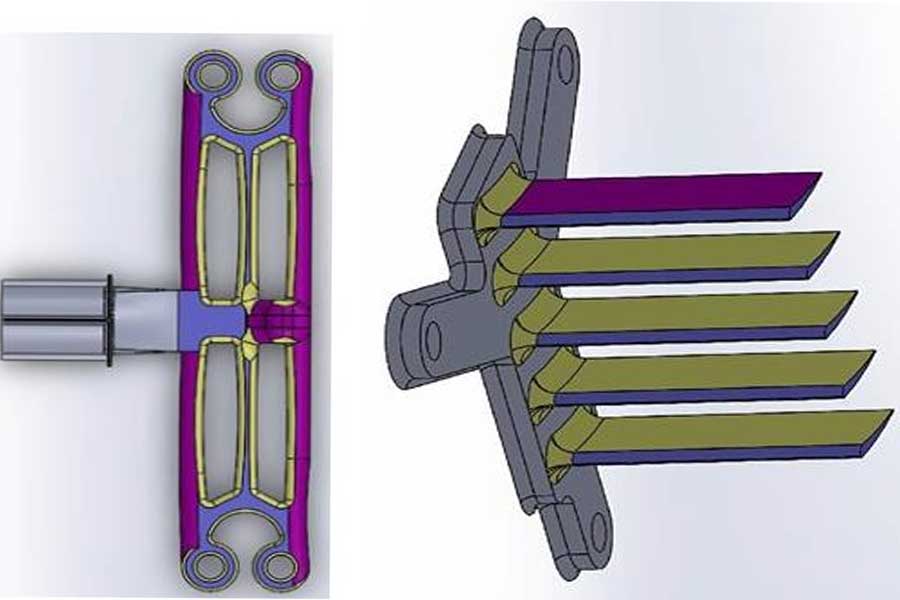
Grinding wheel
The IN718 parts with beveled and curved surfaces were successfully ground to a surface finish of 1.2-1.5 microns Sa. During the grinding experiment, the automatic Blum tool measuring system installed on the machine measured the wear of the grinding wheel. Although the tool measurement system was originally developed for milling and turning tools, this research shows that it can be applied to grinding wheels. The integration of this type of measurement with the machine controller enables automatic wheel wear compensation.
The wear of the grinding wheel is related to the length of the grinding path. At a cutting depth of 0.2 mm and a feed rate of 150 mm/min, the tool wears relatively quickly when grinding chamfers and curved surfaces. After a grinding distance of about 8 meters, when the diameter of the grinding wheel is reduced to about 45 microns, the surface finish deteriorates. At the same feed rate, reducing the depth of cut from 0.2 mm to 0.1 mm can significantly reduce the wear of the grinding wheel after grinding 10 meters to less than 10 microns.
The researchers also used TiAlN coated carbide tools and the process conditions recommended by the Hoffman Group (a feed rate of 174 mm/min and a depth of cut of 0.2 mm) for milling experiments. These studies show surface finish and tool wear similar to grinding. Although milling can achieve greater depths of cut (0.2 mm vs. 0.1 mm), grinding has potential cost advantages: the grinding wheel used in the study is only about $15, while the corresponding milling tool is about $50.
Studies have shown that electroplated cBN grinding wheels can achieve good surface finish and long life when grinding IN718 and other difficult-to-process materials. Compatibility with water-soluble coolants and in-situ tool wear monitoring capabilities make fixed-point cBN wheels an attractive choice for finishing 3D printed parts. On hardened metals, the advantages of grinding over milling or other machining are more prominent. For 3D printed parts with a nearly final shape, post-processing can be optimized in the following ways: the printed parts are directly heat-treated without machining the soft parts, and then the heat-treated parts are completed by grinding.
Free-form finishing using abrasive tools
Mechanical or manual finishing is an alternative to grinding parts
The contour is complex, but there is no strict dimensional tolerance. To study this, the researchers printed two IN718 parts (shown in Figure 3) to represent shapes commonly found in the aerospace and tool industries, and heat-treated them as described in the previous section. Supports are needed to print the ribs/pillars. Use a hand tool (such as a flat cutter) to remove it, leaving marks on the surface of the part.
For relatively large free-form surfaces, the study found that the file belt is the best tool because it conforms to the surface profile and flexibility. The coated file conveyor belt with medium grain size (P60) can achieve good material removal rate and has a long life on the printing surface. Then use non-woven tape to produce a good surface finish. Quick-change discs and spiral rollers were also tested on free-form surfaces, but the performance was not as good as file belts. It is found that the fiber disc has less dependence on the contact angle of the tool and cannot reach the constrained area, which leads to abrupt changes in material removal and the finish of the profiled surface. The spiral roller can enter a small area, but cannot maintain stable contact with the concave surface, which results in tool vibration and uneven finish.
For contoured exteriors or easily accessible surfaces, the uniform non-woven fabric wheel and cotton fiber fixed-point wheel can finish the surface without significantly changing the geometry of the part. However, when used directly on a rough printing surface, both tools will wear out quickly. Therefore, it is recommended to use coated flap wheels or spiral rollers on the printed surface as the first step. The non-woven flap wheel can then be used to trim relatively large surfaces, and the uniform point and fixed point wheels can be used for complex or smaller areas.
The above method has achieved a significant improvement in surface finish. The surface profile and roughness measurement results shown show that Sa has decreased from about 12 microns on the printed surface to about 2 microns on the finished surface, and Sa has decreased.
It is recommended to proceed in two steps. First, use coarse sandpaper abrasive products to quickly remove defects or other rough surface features. The surface can then be finished with a softer abrasive product. Non-woven abrasive products made of nylon fibers impregnated with abrasive particles are ideal for free-form finishing of special-shaped surfaces, because they can fit the surface of the part and be evenly finished with minimal deformation of the geometric shape.
For free-form finishing, there are various belts, discs and centering wheels. Table 2 summarizes the general guidelines for selecting suitable abrasive products based on the common features of 3D printed parts. It is recommended to use ceramic abrasives for stainless steel and high-temperature alloys, and SiC or zirconia abrasives for titanium and aluminum.
The abrasive products shown in Table 2 can be used in conjunction with portable power tools, including mini right angle grinders, die grinders, and file belt grinders. Portable grinding tools are light in weight, small in size and flexible, and can be configured in different configurations, such as bringing the tool to a fixed part, bringing the part to the tool, and using the tool and the part at the same time. A variety of grinding tools can be set on the workstation to complete a variety of complex functions. Using CAD drawings and other part information in the upstream (3D printing) process, CNC machines and robot cells can be used to realize fully automatic selection of grinding tools and finishing processes. With the help of force measurement and vision in the process, consistent results can be ensured Sensors and closed-loop control mechanism.
Link to this article: How to choose the best grinding process for 3D printed parts
Reprint Statement: If there are no special instructions, all articles on this site are original. Please indicate the source for reprinting:https://www.cncmachiningptj.com/,thanks!
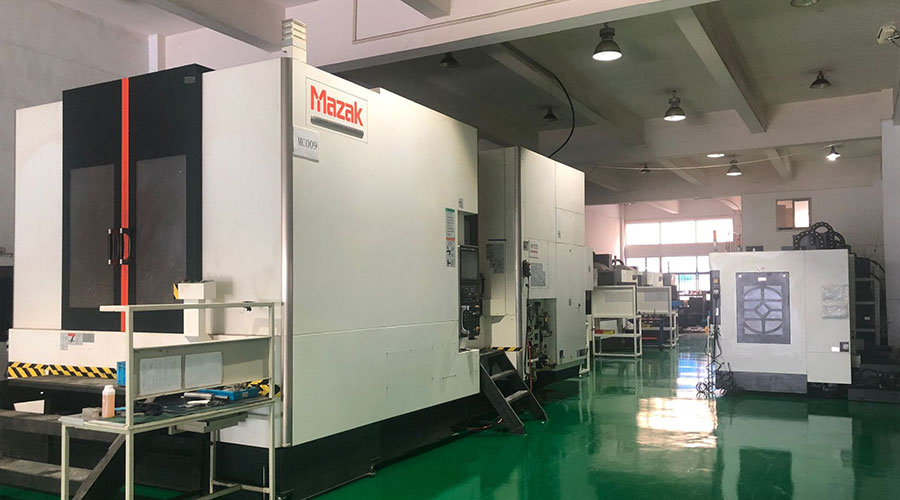 Sheet metal, beryllium, carbon steel, magnesium, 3D printing, precision CNC machining services for heavy equipment, construction, agriculture and hydraulic industries. Suitable for plastics and rare alloys machining. It can turn parts up to 15.7 inches in diameter. Processes include swiss machining,broaching, turning, milling, boring and threading. It also provides metal polishing, painting, surface grinding and shaft straightening services. The production range is up to 50,000 pieces. Suitable for screw, coupling, bearing, pump, gearbox housing, drum dryer and rotary feed valve applications.PTJ will strategize with you to provide the most cost-effective services to help you reach your target,Welcome to Contact us ( [email protected] ) directly for your new project.
Sheet metal, beryllium, carbon steel, magnesium, 3D printing, precision CNC machining services for heavy equipment, construction, agriculture and hydraulic industries. Suitable for plastics and rare alloys machining. It can turn parts up to 15.7 inches in diameter. Processes include swiss machining,broaching, turning, milling, boring and threading. It also provides metal polishing, painting, surface grinding and shaft straightening services. The production range is up to 50,000 pieces. Suitable for screw, coupling, bearing, pump, gearbox housing, drum dryer and rotary feed valve applications.PTJ will strategize with you to provide the most cost-effective services to help you reach your target,Welcome to Contact us ( [email protected] ) directly for your new project.
Link to this article:How to choose the best grinding process for 3D printed parts
Reprint Statement: If there are no special instructions, all articles on this site are original. Please indicate the source for reprinting.:Cnc Machining,Thank!^^

